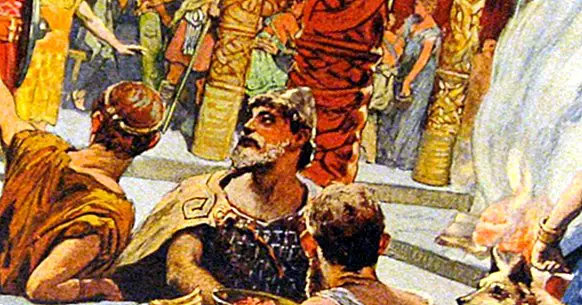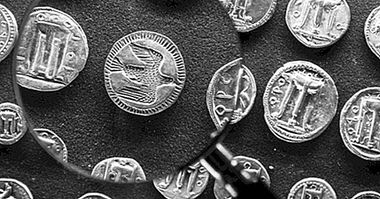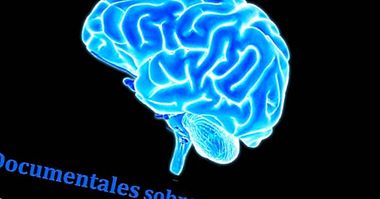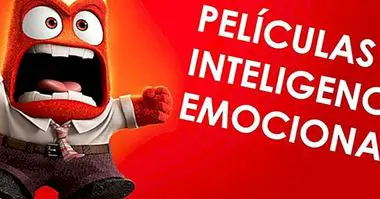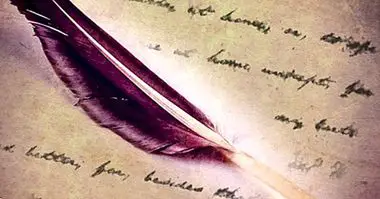The 5 most famous Viking gods
It has been about three years since the first pagan temple was inaugurated in Iceland, in the hands of the Neopagan association Asatruarfelagid, where veneration and worship of the Viking gods take place. Without apparent scientific explanation, the rise of this type of religions or sects is spreading throughout the northern part of Europe, especially in the Scandinavian regions.
Returning to the data of the mentioned associations, only the Icelandic has tripled in number of affiliates in 10 years of history. Wanting to avoid the controversy generated by this phenomenon, the maximum authority of the association Asatru, Hilmar Örn, claims the metaphorical and poetic role of their beliefs. Shunning the bad image generated, the priest claims not to believe in monstrous beings with a mutant head with green skin.
However, yesteryear the Viking gods were entities in which this Nordic people believed fervently . Even today, the mythology associated with them continues to arouse the fascination of many people.
- Maybe you're interested: "25 Egyptian gods (biography, personality and legacy)"
The main Viking gods
Nordic and Germanic mythology is full of super-powerful beings that have to do, mainly, with the earth and nature. Below you will find a brief explanation about the most important Viking gods.
1. Thor
Today, it appears in movies, comics, comics and even in cereals. In the present, the god Thor is surely the most popular mythological viking being on a universal level . Son of Odin, the god of the gods, Thor represents strength, power and war. Blonde or redhead beard and fierce eyes were part of the physical characteristics with which he was used to describe, although almost as important as he was his weapon.
Thor is always depicted wielding a hammer known as mjolnir, forged by dwarves. His means of transport was an imposing carriage that was dragged by some goats whose passage was marked by sounds that emulated the thunder and lightning.
2. Odin
As we mentioned in the first place, Odin was the god of the gods, to whom we had to pay homage. Father of Thor, he possessed some of the characteristics that he transmitted to his son: strength, dexterity, war, intelligence and cunning. It was his reason for being, knowledge and wisdom. Mutaba being to acquire more intellect, and He was always accompanied by crows .
To carry out an increase in intelligence, Odin was associated with human and animal sacrifices, which earned him the loss of an eye. It is said that the English word "Wednesday", day of the supreme god, is due to the English name: "Woden".
3. Frigg
She is Odin's wife and stepmother of Thor. This Viking deity represented love, fertility, marriage, motherhood and the art of home. As a special power had the quality of prophesying, knowing and knowing the fate of all humans, as well as the only, after Odin, to occupy the throne of the gods and observe the universe.
It is said that the origin of the word "Friday" in English, which means Friday, comes from the Germanic origin "Freitag", whose epistemology has much to do with this Viking goddess.
4. Tyr
Within the Germanic-Norse mythology, the god Tyr is considered as the absolute warrior of all the Viking gods. Although most of his encounters, stories and narrations have to do with military and force scenarios, he was not an exclusively brute character, but he is also credited with iconographies associated with wisdom and laws.
In the same way, he also made a sacrifice of his own and he let his left arm be amputated so that the gods could save the world of the Fenrir wolf . It should be noted that only Thor surpassed him in terms of physical strength.
- Maybe you are interested: "The history of the symbol of Psychology (Ψ)"
5. Freyja
She was the goddess of love and fertility, beauty and romance. I was madly in love with her husband Odr. It is said that when he moved away from her, Freyja burst into tears and, as beautiful as she was, she shed tears of gold between her lashes. For these reasons, among others, it was one of the most respected deities, although from the modern perspective it seems more like a grouping of characteristics traditionally associated with the feminine .
His clothes were worthy of what he represented. Beautiful, shiny and precious necklaces, a hypnotic plumage that allowed him to fly among the underworld and a carriage carried by wonderful felines were part of the objects with which it was represented.Although she was the least bellicose deity, she accompanied soldiers and gods to war to instill security and motivation, as she was considered wise.

